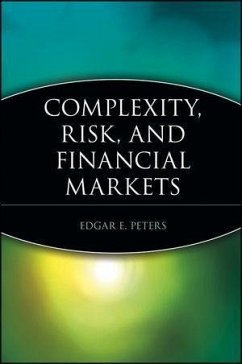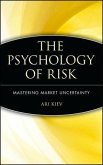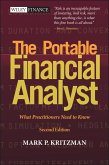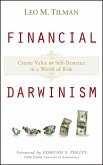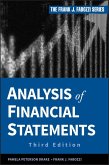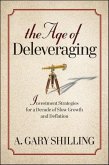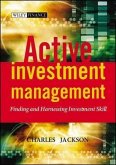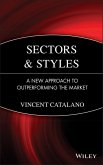Patterns in the Dark is that rare book that offers an entirely new perspective on an issue of ongoing concern to investors: the unpredictability of financial markets. In this groundbreaking work, leading investment strategist and authority on chaos theory, Edgar Peters makes accessible ways of understanding market behavior that-until now-were known only to specialists. Patterns in the Dark draws on a broad range of human knowledge and experience to clarify the behavior of a system that now operates on a global, 24-hour, and thoroughly interconnected basis. Peters illuminates the complex operation of the marketplace by including keen observations drawn from science, mathematics, and artistic creation as well as economics. His models include the social visions of the Austrian economists, Darwinian ideas of evolution, the laws of physics, and the creative risks of the artist. His meditations on financial markets weigh the effects of limitations vs. rules, risks vs. uncertainty, and order vs. chaos. As a guide to a world marketplace that has become increasingly complex and uncertain, Patterns in the Dark offers the investor a rich source of insight, illumination, and wisdom.
Dieser Download kann aus rechtlichen Gründen nur mit Rechnungsadresse in A, B, BG, CY, CZ, D, DK, EW, E, FIN, F, GR, HR, H, IRL, I, LT, L, LR, M, NL, PL, P, R, S, SLO, SK ausgeliefert werden.

